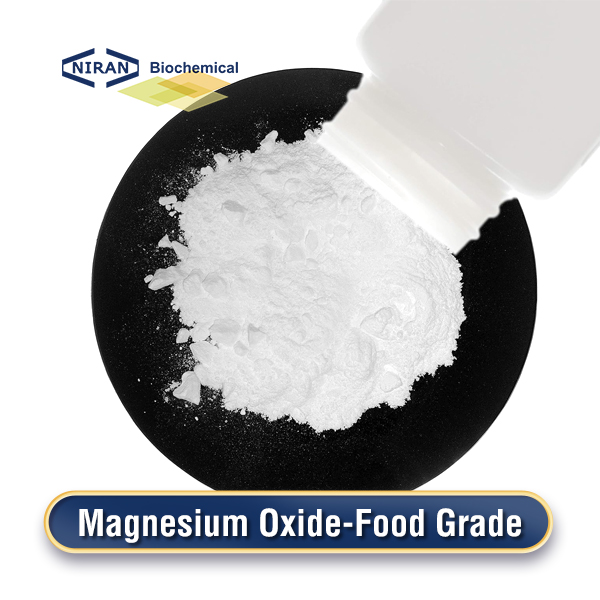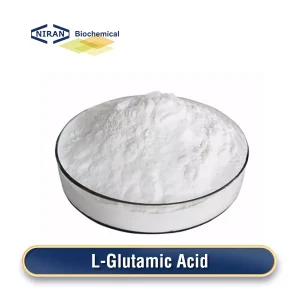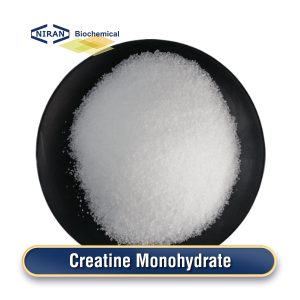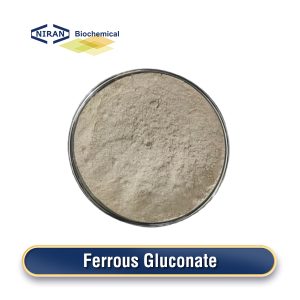What Is Magnesium Oxide?
Food-grade magnesium oxide is a crystalline or white powder ingredient that is primarily used to modify the acidity and stability of food. Its characteristics include high chemical stability, insolubility in water, and improvement of food texture.
It is widely used in the manufacture of foods such as yogurt, bread, and condiments to help improve the quality and taste of products, and plays an auxiliary role in nutritional supplements and health foods.
There are mainly the following preparation processes for magnesium oxide-food grade in China:
1. Chemical preparation: Including the chemical synthesis process of magnesium oxide, usually formed by the reaction of magnesium oxide raw materials with chemical reagents. This method has a mature process and high production efficiency. In China, it’s now a top procedure.Thermal decomposition method: Magnesium oxide is prepared by high-temperature thermal decomposition of magnesium oxide precursors or compounds.
2. This approach works well in some circumstances with particular requirements, but it typically calls for high temperature reaction conditions and precise reaction control.
Related Parameters:
| Items | Specification |
| Assay | ≥96.5% |
| Identification | Present Positive Reaction |
| Solution Color | Company with the standard |
| CaO % | ≤0.20 |
| Carbonate | ≤ 1.5 |
| Acid-InsolubleSubstance | Company with the standard |
| Solubles % | ≤ 2.0 |
| LOI % | ≤ 5.0 |
| As | ≤ 0.0003% |
| Pb | ≤ 2.0 mg/kg |
Recommended Dosage:
| Food name | Maximum usage(g/kg) |
| Breakfast cereals | 0.1 – 0.3 g/kg |
| Dairy alternatives | 0.05 – 0.2 g/kg |
| Baked goods | 0.1 – 0.5 g/kg |
| Meat products | 0.1 – 0.3 g/kg |
| Salad dressings | 0.05 – 0.2 g/kg |
| Biscuits and cookies | 0.1 – 0.5 g/kg |
| Canned foods | 0.1 – 0.3 g/kg |
| Pet foods | 0.1 – 0.3 g/kg |
| Cake mixes | 0.1 – 0.3 g/kg |
| Plant-based meat substitutes | 0.1 – 0.3 g/kg |
| Fruit snacks | 0.1 – 0.3 g/kg |
| Vegan cheeses | 0.05 – 0.2 g/kg |
| Pasta sauces | 0.05 – 0.2 g/kg |
Magnesium Oxide Has A Wide Range Of Uses
1. Acidity regulator: Magnesium oxide can adjust the pH of food and is particularly useful for food products that need to control pH. It can neutralize the acidic components in food, thereby stabilizing the taste and texture of food.
2. Anticaking agent: Magnesium oxide can be used as an anticaking agent in some foods to prevent food from hardening or clumping due to water absorption, thereby extending the shelf life of the product and improving the taste.
3. Clarifying agent: During the brewing and clarification process, magnesium oxide can help clarify wine, juice and other liquid foods, remove impurities and turbidity, and make the final product more transparent and clear.
4. Antioxidant: Magnesium oxide has certain antioxidant properties, which can help protect fats and other easily oxidized components in food, extend the shelf life of food, and maintain its nutritional value and flavor.
5. Leavening agent: In baked goods, magnesium oxide can be used as a leavening agent to help bread, cakes and other products to better fluff and increase volume.
6. Stabilizer: Magnesium oxide helps stabilize the color and texture of certain foods, allowing the product to maintain stability and consistency during processing and storage.
User Asked Question:
Q: How is the global market for food-grade magnesium oxide?
A: Global market growth for magnesium oxide suitable for food preparation is anticipated to continue. As consumers’ health awareness increases, the food industry’s demand for functional food additives continues to increase, and magnesium oxide, as a safe and effective choice, will be widely used in the global market.
At the same time, technological innovation and strict regulatory requirements drive the market towards higher quality and safety, providing customers with more opportunities for growth and development.




